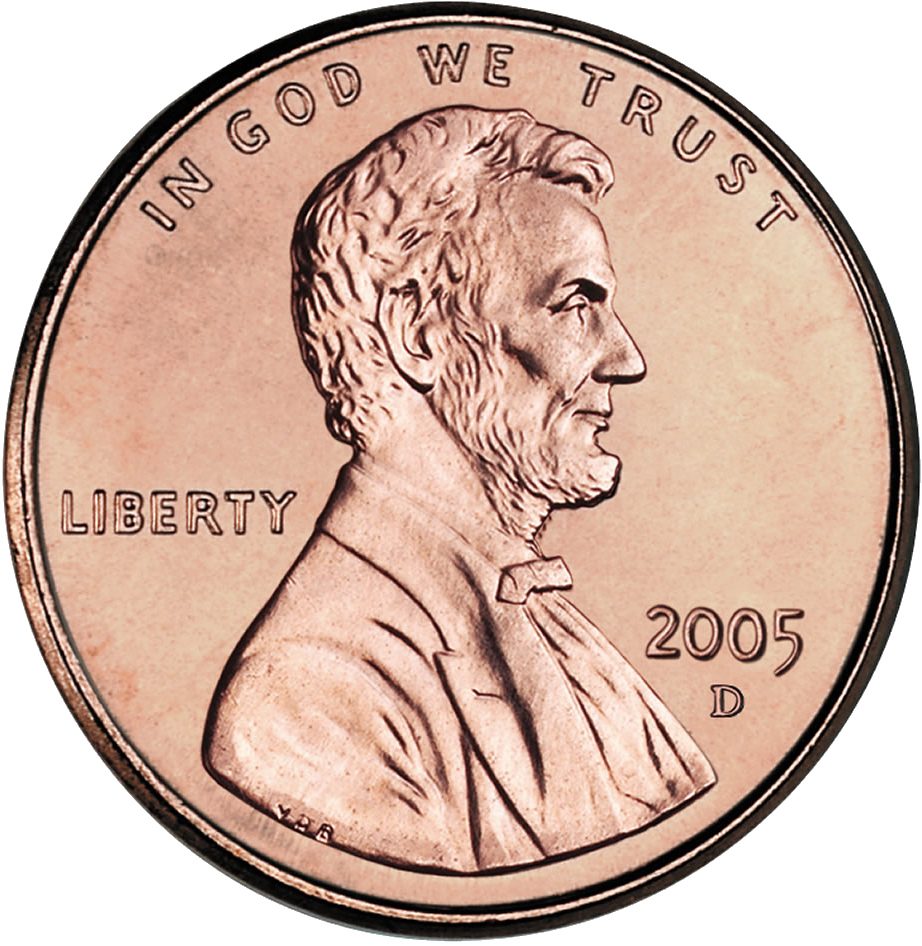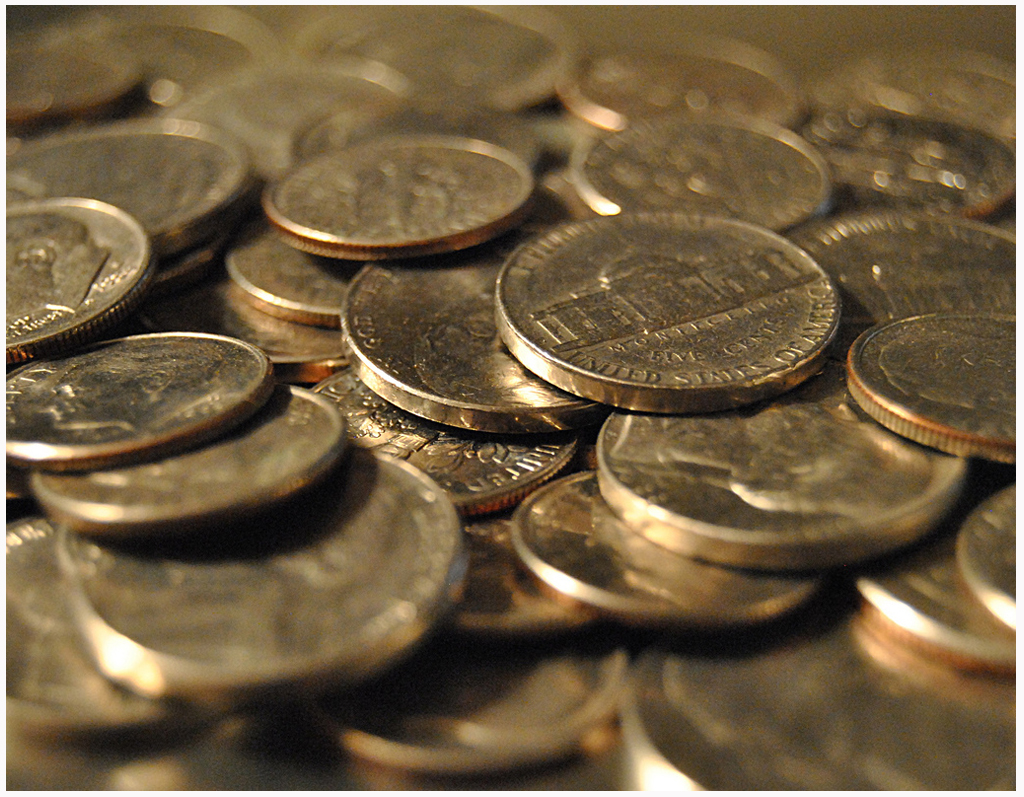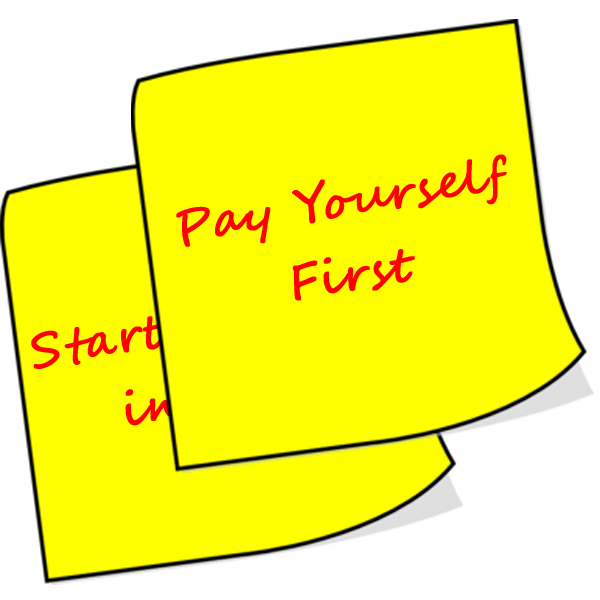How to Start Investing in Stocks With Little to No Money
Start investing in stocks with as little as $25.00 in your account. More is better, but don't let an amount hold you back from earning money from your money. It takes money to make money, especially in the stock market. But if you don't have a lot of money to spare in your budget, it can be very difficult to get started. Some people don't even start investing because they think it will take thousands of dollars to start buying stocks.
Let me reassure those who have been holding off investing in the stock market because of money...
Stop waiting!
Get that money working, even if it doesn't seem like a lot.
There are several types of stock accounts that don't require a mandatory deposit. With a simple $25.00 or $50.00 in an account, the account will stay open and active. So, don't let an amount hold you back from getting into the stock market.
Where to Find Money to Start Investing in Stocks
Say you have no money saved up to get started. In order to start investing in stocks as soon as possible, you need to set some goals and a plan on how to get your first set amount of money to deposit in your trading account.
There are literally hundreds of ways to pinch and squeeze dollars from your budget and other sources in order to start stock market investing. But first you need to establish a goal. When are you going to open your account? How much do you want to start with? $50.00, $100.00, $500.00... The amount doesn't really matter, but you do need to have a number in your head so you have something to aim for.
So, your goal should consist of the amount you need for your trading account, the date you will have that money by, where that money will come from, and your reward for obtaining this goal.
"A penny saved is a penny earned."
- Benjamin Franklin
What does this phrase mean? Well, it could mean that if someone saves a penny, by not spending it that money will still be there rather than it being gone. But, does someone really earn a penny by saving one? It all depends on where one puts their money for saving.
The premise of saving money is to store it for later use. Most people today put their savings in a bank account. It earns a little bit of money each month, but nothing to write home about. This money is basically sitting there not doing anything.
Say each dollar of that money is an employee. If a hundred employees are sitting in the break room not producing widgets, the company isn't making any money. Same with $100.00. If it is sitting in a bank account barely earning a fraction of a penny, each of those dollars are basically just like those 100 employees sitting in the break room. Get those dollars doing more working than breaking.
Sources of Money to Feed Your Trading Account
So, where are you going to find that money for your goal? There are many ways to come up with money to invest. Let's explore some to hopefully spur some ideas on where that money can come from to start investing in stocks.
Deposit all of Your Loose Change
Everyone has a few hundred dollars lying around. Dig in all of those junk drawers, desk drawers, file cabinets, car ash trays, piggy banks, or where ever else you stash loose change. I always toss change in a jug and say it's my college savings. But I will never use if for college.
All you have to do is bag it up, take it to the local bank, and cash it in for dollars or deposit it straight into your account. Then transfer those dollars to your trading account and start investing in stocks.
Pay Yourself First
You probably heard this before, especially if you know Robert Kiyosaki - Rich Dad.
He's always saying, "Pay Yourself First."
What exactly does that mean?
When I first heard it, I wasn't quite sure what it meant.
To pay yourself first means to pay yourself just like you pay your bills, except you get the first cut instead of the last cut. Set an amount to invest every month, withdraw it before you pay any bills, and get it in your trading account as quickly as possible when it becomes available.
Ultimately, you should aim to add 5% of your gross income per month into your investment account. But if you don't have that right now, that's perfectly understandable. Pay yourself $25.00 or $50.00 per month. Every little bit helps. Skip ice cream, coffee, or doughnuts and use that money to make more money.
What's life if you spend all of your money on liabilities and non-essential things? Fun, right. But, these liabilities will become a burden and lose value over time. Use your money to buy assets that bring in more money.
Sell Stuff You Don't Need Anymore
Your old stuff that you no longer need is worth a lot to someone that needs it. If you have a lot of stuff stashed away collecting dust, this may be a powerful way to raise some quick cash to start investing in stocks.
It may seem like a lot of wasted time, but go through your garage or closets. Take a weekend out of the month and have a yard/garage sale. Turn your junk into money.
$5.00 here and there adds up and you could make a few hundred dollars in a weekend you can use to start investing in stocks.
Round Up Savings
This way is in itself an investment. It's the coolest savings program I've found and actually started with. It builds very quickly, and when it reaches your goal amount, simply withdraw your money and move it to your trading account.
Acorns is a "Round Up" savings program that builds money based on your every day purchases. You attach your checking accounts or credit cards that you spend money on to your account. For each purchase you make, Acorns rounds up to the nearest dollar.
For example, if you spent $20.57 on something, it rounds that up to $21.00. The difference, the round up, or $0.43, is placed in your Acorns account (after $5.00 or another amount is reached). That money is automatically blended into a stock profile on your Acorns account where you can earn dividends that are automatically reinvested into your account. It moves up and down with the stock market, so you already have some money working for you.
The first few months I was averaging $100.00 in deposits into my Acorns account. This money gains and loses with the stock market based on the investment profile you set up in Acorns. After it reached $500.00, I withdrew the money and transferred it to my stock trading account for investing. It was a great start.
There are also a lot of free money opportunities called "Found Money" in Acorns like spending money at Sam's Club or Dollar Shave Club. Each time you do, you can earn an extra dollar or so toward your account that is automatically deposited and invested.
Check out Acorns and start reaching your goal with this cool method of rapid savings.
There are many more ways to start investing in stocks to build your trading account, but you have to start somewhere, right? Don't be afraid to get started and don't delay because you don't think you have enough money.
If you double a dollar, you have two dollars.
If you double a hundred dollars, you still have two dollars for every dollar.
It doesn't matter the amount of money involved with the investment, it matters how well the trade goes. Don't let the lack of money you have right now stop you from getting involved with stock trading.
Start investing in stocks with what you have and add to it as you can. The point is, get started - don't wait. Start with whatever you have and get to building it as fast as you can.





New! Comments
Have your say about what you just read! Leave me a comment in the box below.